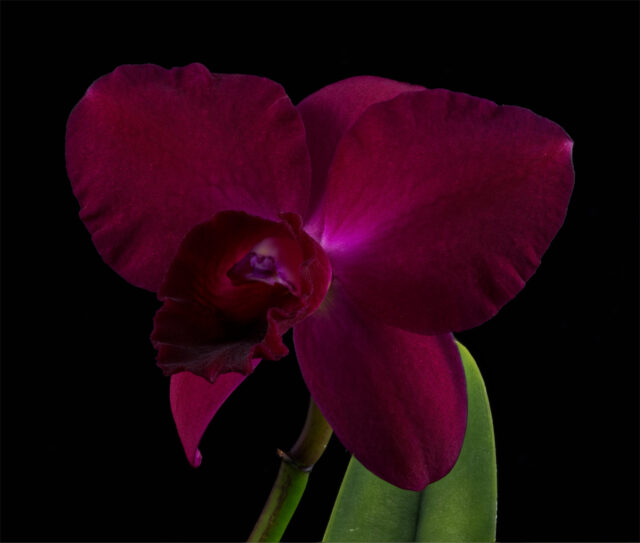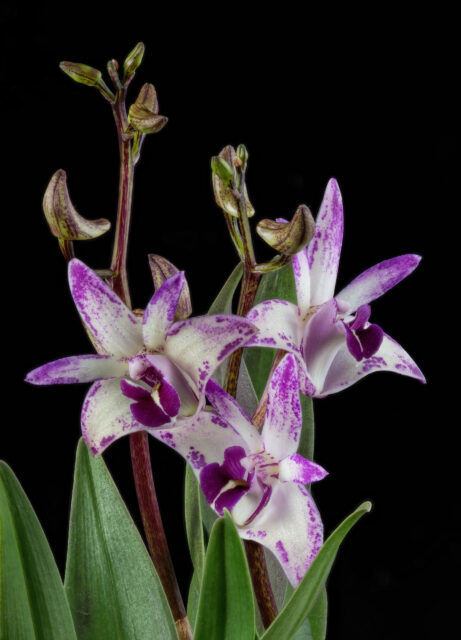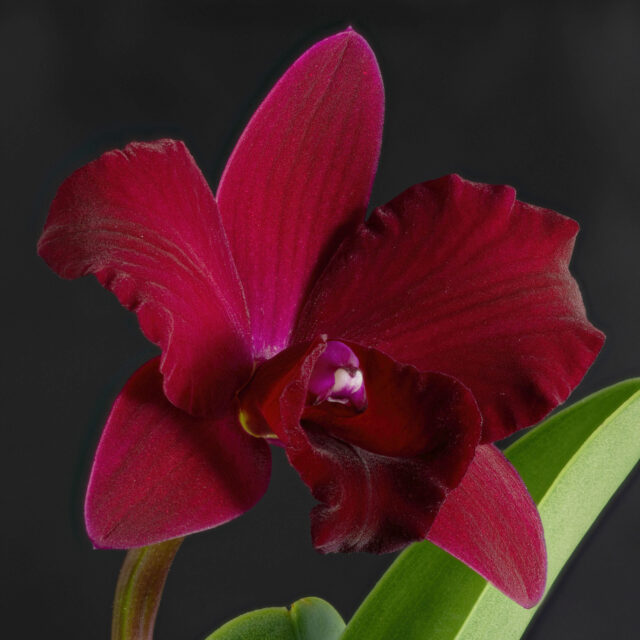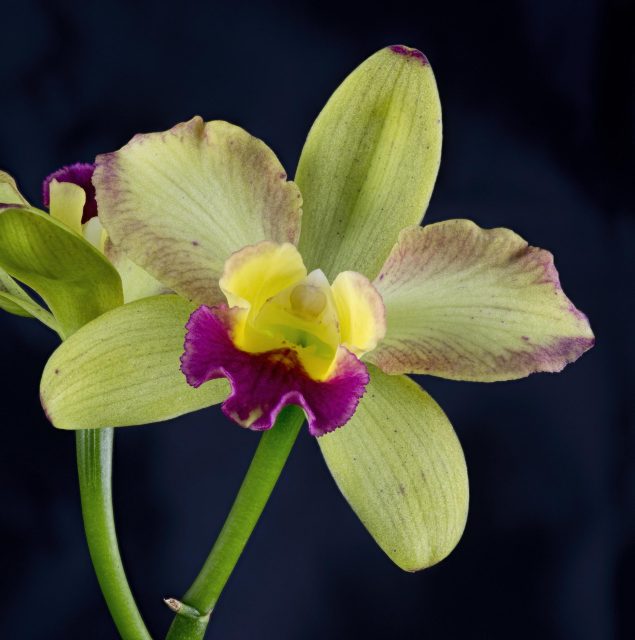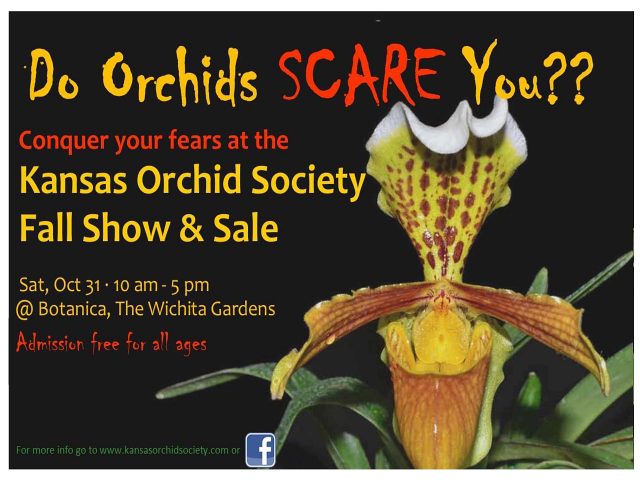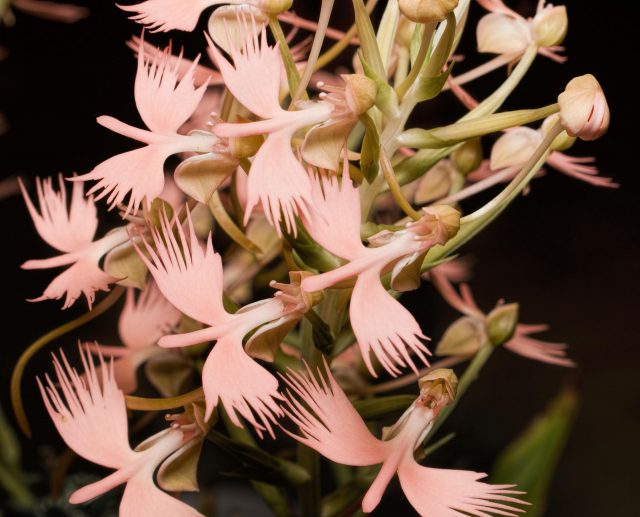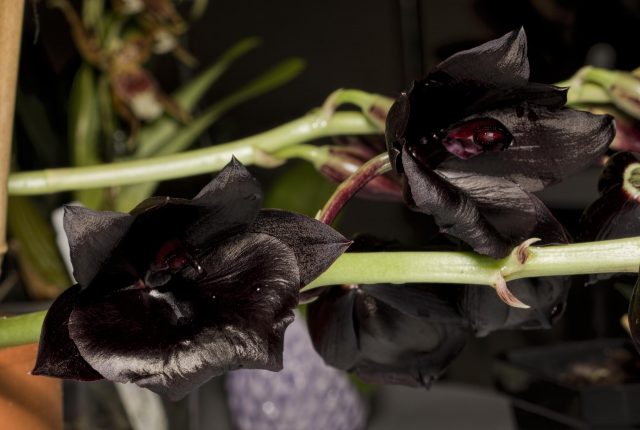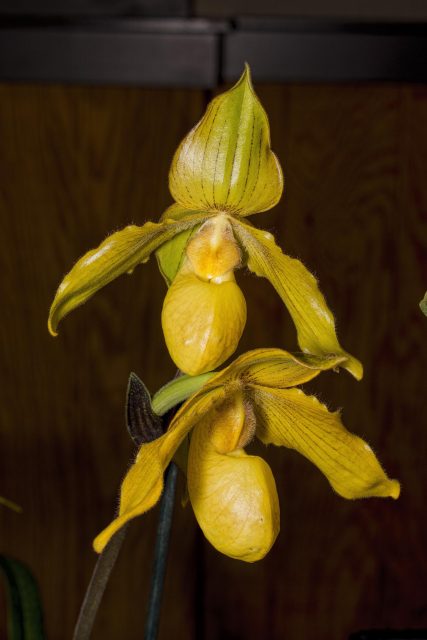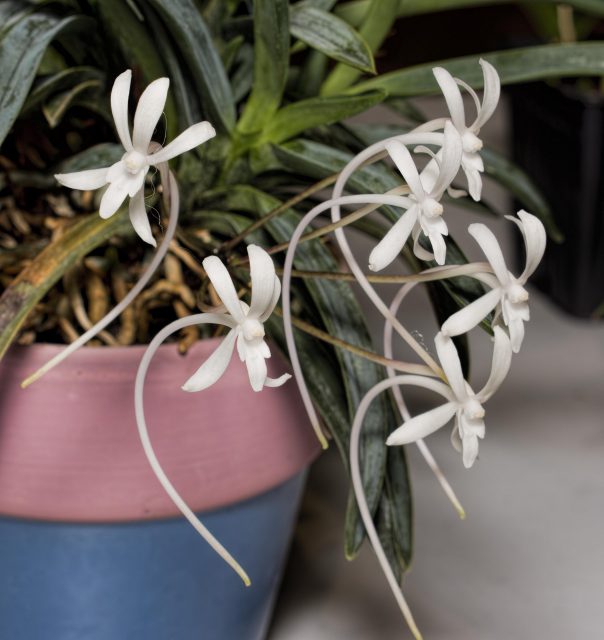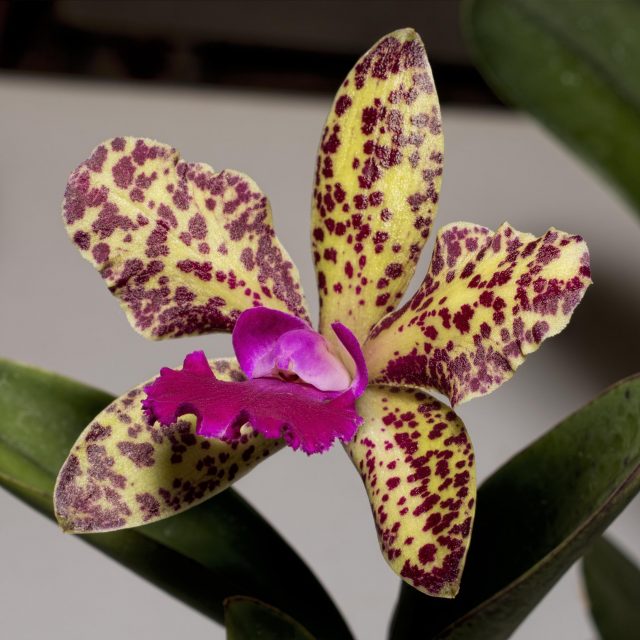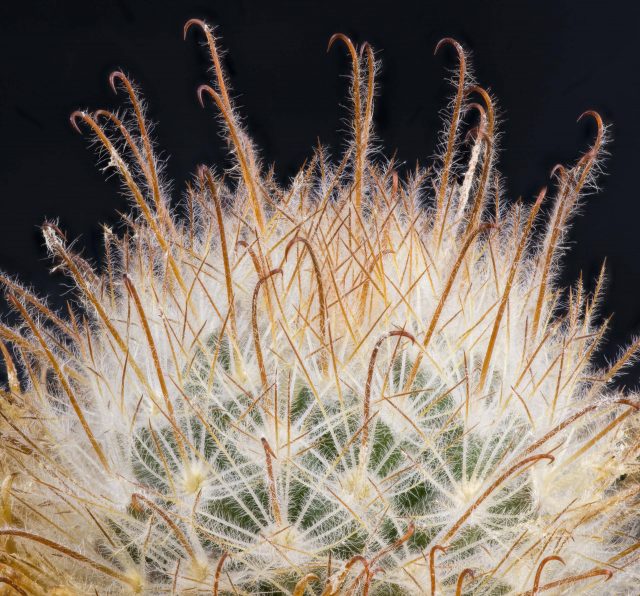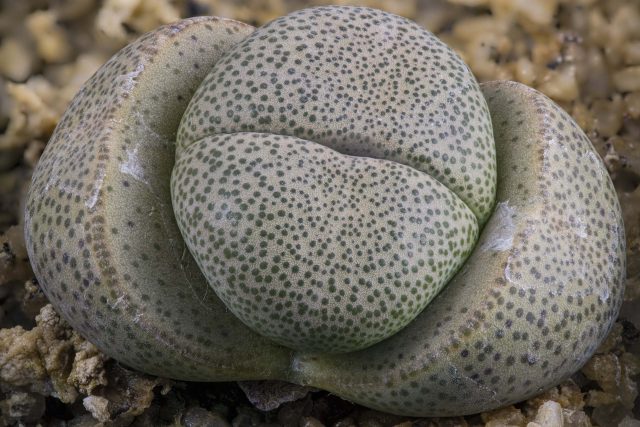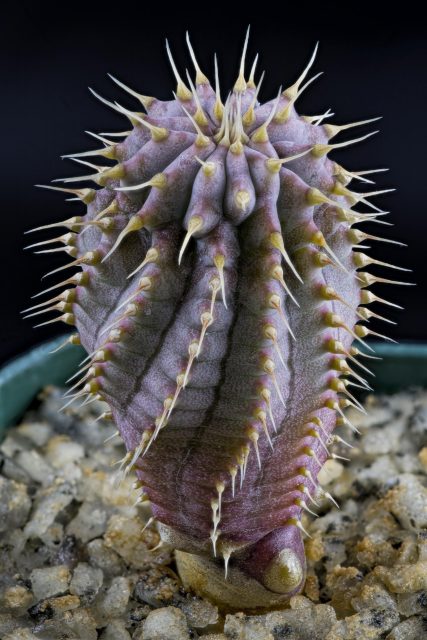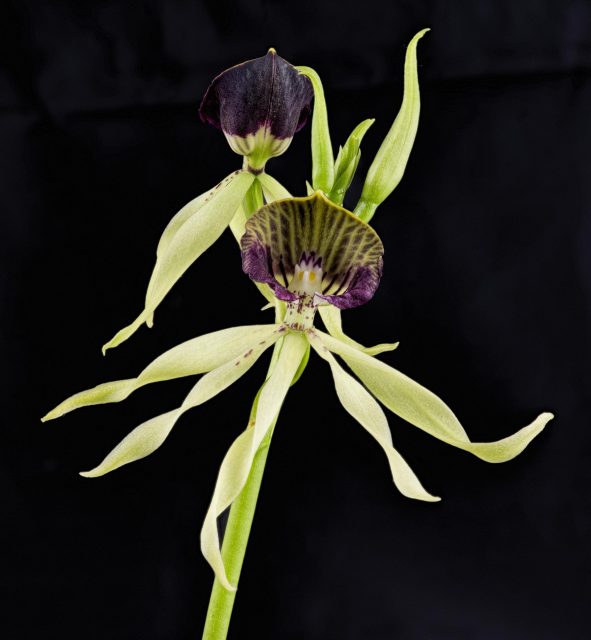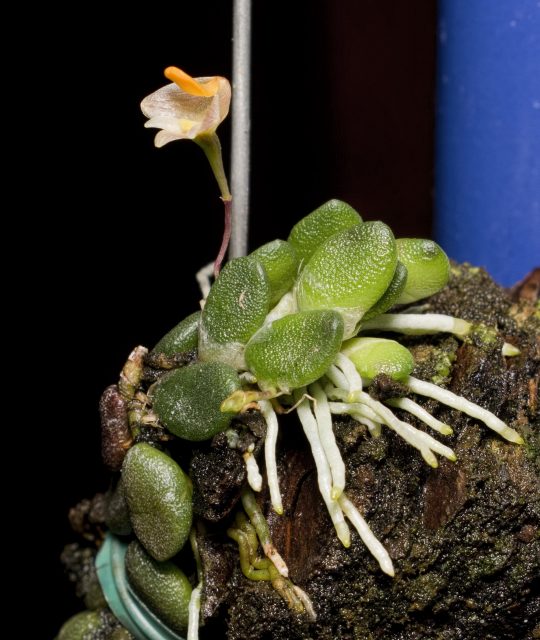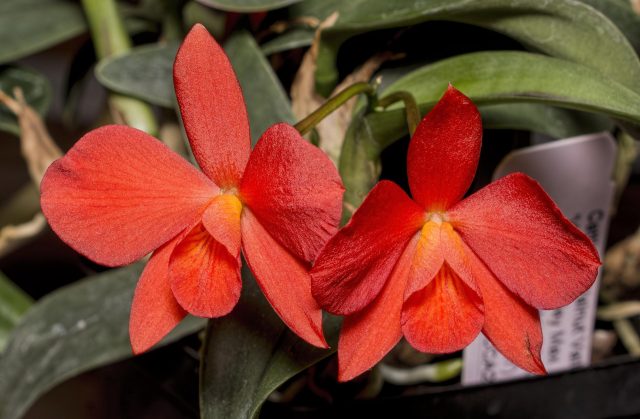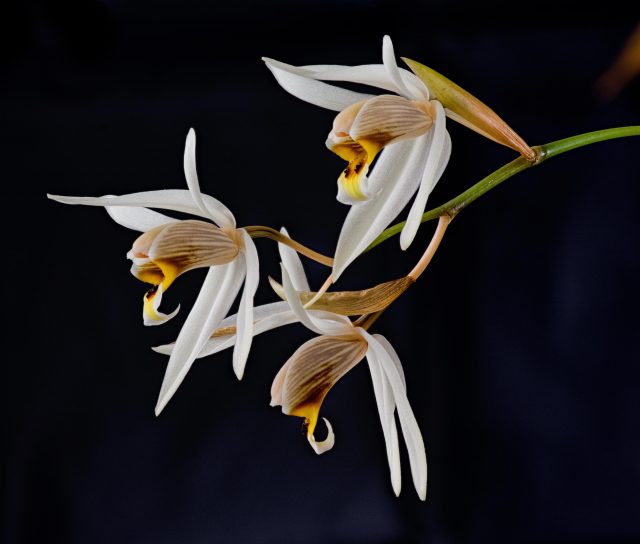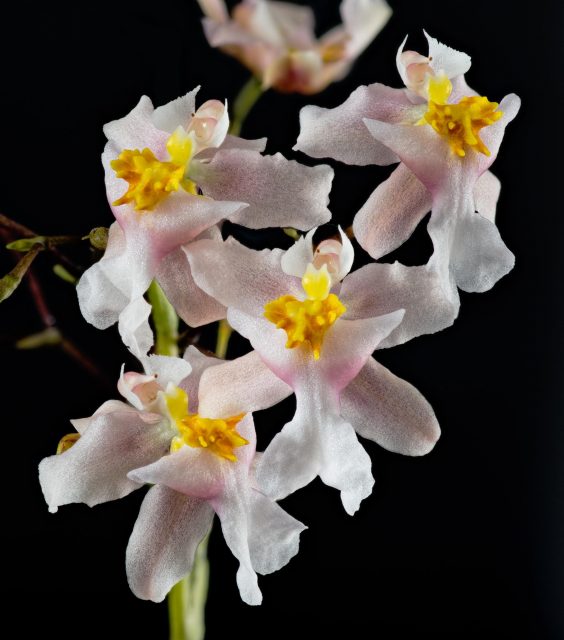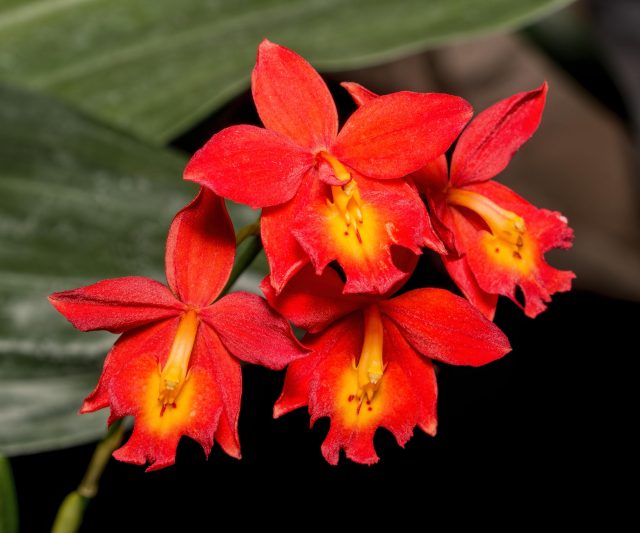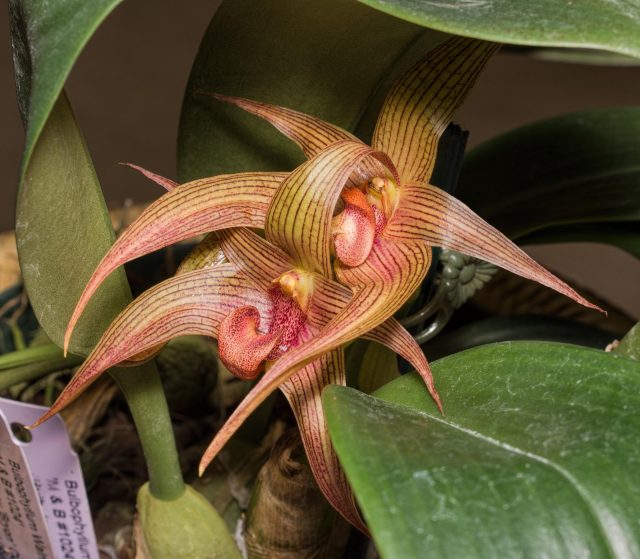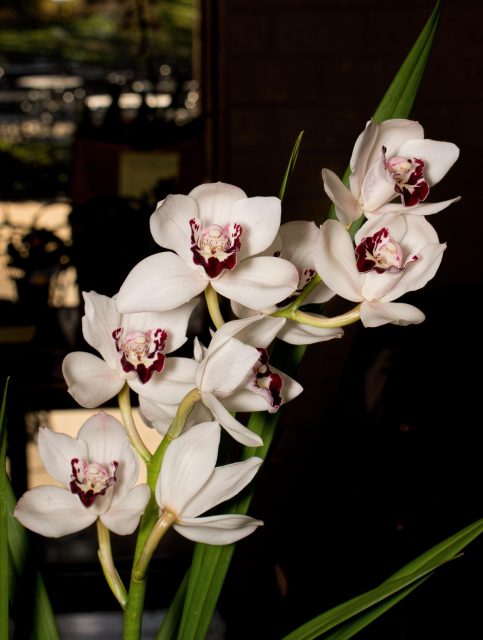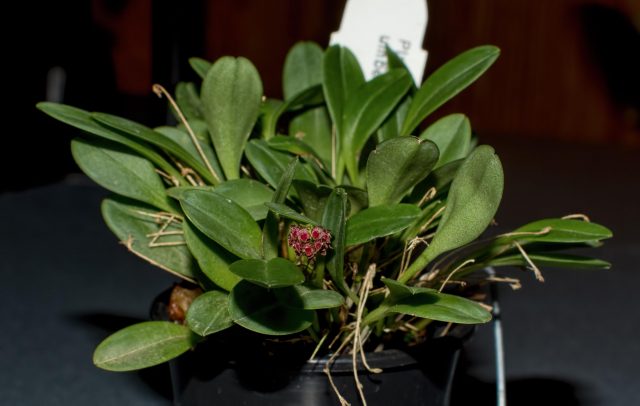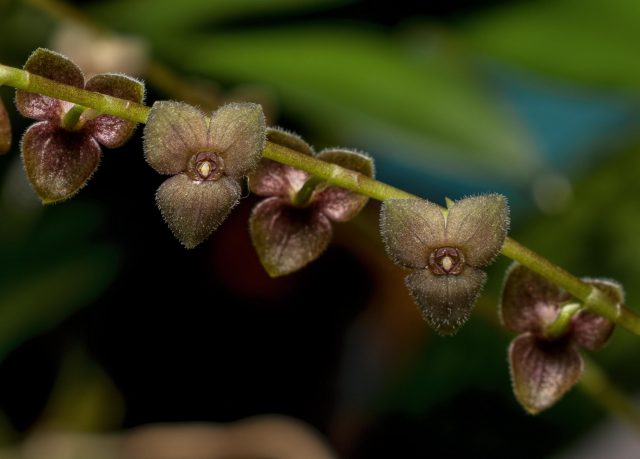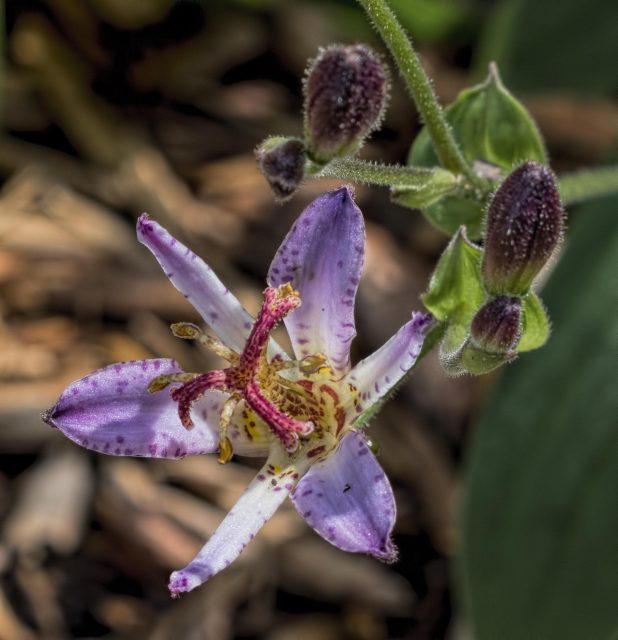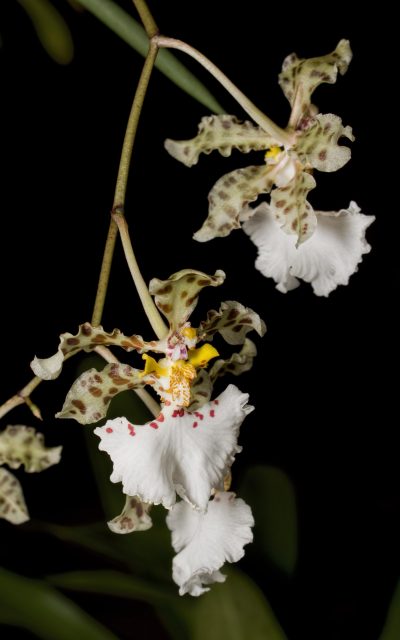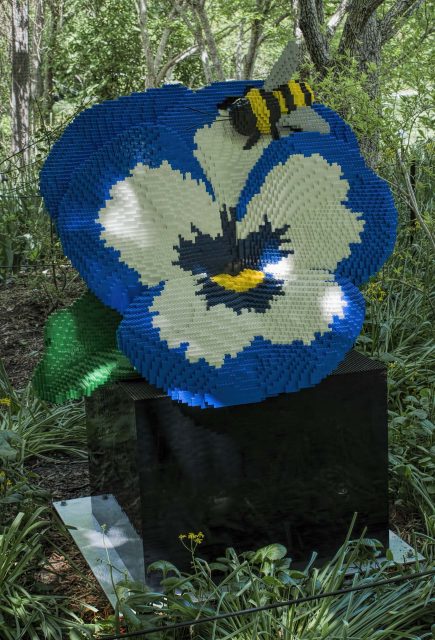The first of this year’s new orchids bloomed this week. It’s another red one; nice, but not what I was expecting. The dealer’s notes1 indicated that it would likely have flowers in the magenta-purple range, but while it does have a bluish cast in some light (but not in sunlight or with the on-camera flash), it looks red to me. The other new ones probably won’t bloom for a year or two. When they finally do, one should be white and the other spotted.
(As usual, when WordPress resizes pictures to fit the column width, it also makes the colors duller. Click on the picture to see it larger and with more accurate color.)
Update: as the flower ages, it becomes bluer. It now is on the border between magenta and purple, even in sunlight.

